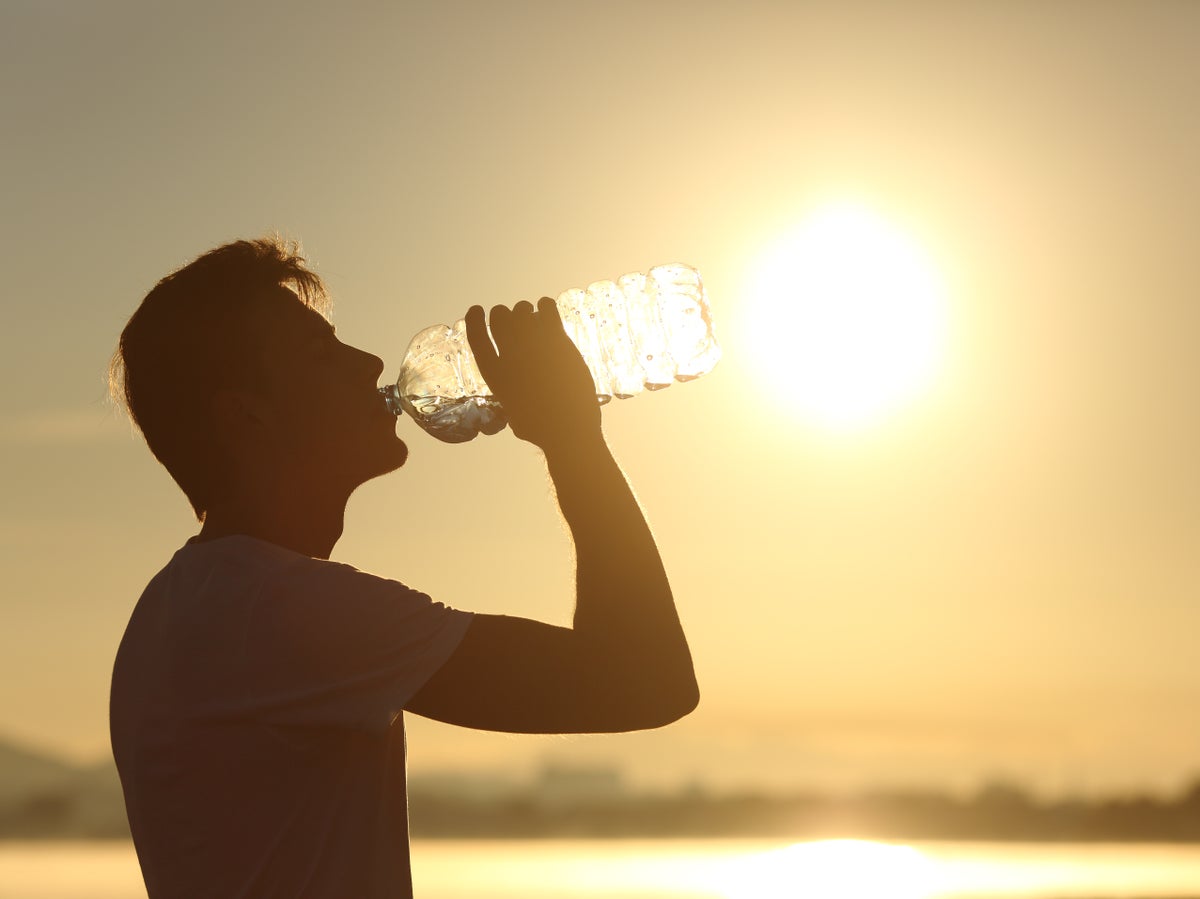
In recent years, climate change and rising global temperatures have triggered record-breaking heatwaves across the world - with the latest forecast showing an increase in temperatures across southern Europe this week.
The European Space Agency (ESA) has warned that Italy, Spain, France, Germany and Poland may see extreme conditions.
The impact of the heatwave has already led to raging wildfires in Spain which has prompted evacuations.
Greece has also shut down the ancient Acropolis during the hottest part of the day, while Italy has issued hot weather red alerts for many major cities.
In the UK, the Met Office has said there will be sunshine and some scattered showers as temperatures will remain on the cooler side for most of the country.
As many prepare for more intense conditions in some parts of Europe, it’s important to know the signs and symptoms of heatstroke, and how it is different from heat exhaustion.
The latter occurs when the body is exposed to high temperatures and excessive sweating, typically from a loss of water and salt in the body.
According to Johns Hopkins Medicine, some symptoms of heat exhaustion include nausea, headache, heavy sweating, dizziness and pale or clammy skin.
Heat exhaustion happens when the body can’t cool itself down, so it’s important to move yourself out of the sun and to a cool place.
You can also treat heat exhaustion by loosening any tight clothing, hydrating with sports drinks containing salt and sugar, or applying cold compresses to the head, face, and neck.
People on Portobello Beach, Edinburgh, on 6 June— (PA)
If these symptoms of heat exhaustion are ignored, it can lead to more harmful heat-related illnesses like heatstroke. This is much more serious than heat exhaustion and can cause permanent or life-threatening emergencies if not treated.
Heatstroke is a condition in which the body can no longer control its temperature. When it occurs, the body’s temperature can rise to 41C (106 degrees Fahrenheit) or higher within 10 to 15 minutes, according to the Centers for Disease Control and Prevention.
Although sweating is the body’s natural way of cooling down, with heatstroke our sweating mechanism begins to shut down. In heatstroke brought on by hot weather, the skin may feel hot and dry. Other symptoms include rapid heart rate, nausea, vomiting and loss of consciousness. If treatment is delayed, it can even result in seizures, coma and death.
As soon as someone begins to show signs of heatstroke, move them to a cooler location, loosen their tight clothing and drench the skin with cold water or ice. In many situations, it is also recommended to seek immediate attention from emergency medical services.
As the summertime approaches, it’s important to be aware of the dangers of heat exhaustion and heatstroke. Just because we want to have fun in the sun, doesn’t mean we can’t be safe. Remember: stay hydrated.
If someone has heat exhaustion, here are a few steps you can take to help them, according to the NHS:
1. Move them to a cool place, this can either mean going indoors and finding a space with a fan or air conditioning.
2. Remove unnecessary clothing such as jackets and socks.
3. Drink a cool drink, this can be water or a sports or rehydration drink.
4. Keep the skin cool - spray or sponge the skin with cool water.







